According to the NHS, 1 in 2 people develop cancer at some point in their life. Unfortunately, I was able to see the devastating effects that chemotherapy and radiotherapy can have on a patient through my grandmother. Studying biomedical sciences incited me to research new technologies that are being developed in order to aid cancer treatments and I came across the use of nanoparticles but more specifically liposomes.
What are liposomes?

Liposomes are organic nanoparticles that are being widely studied by scientists, consisting of a bilayer of phospholipids that come together to form vesicles that are non-toxic, non-immunogenic and biodegradable. They have the ability to deliver active pharmaceutical ingredients by either encapsulating hydrophilic molecules inside the vesicle or by entrapping hydrophobic molecules in the lipid bilayer.
Not only do they have the ability to carry drugs but also can improve the delivery of antigens and other molecules to our immune cells, helping them destroy the cancer cells!
What characteristics make liposomes a good drug delivery system?
- Liposomes can deliver both hydrophilic and hydrophobic drugs, meaning that a large range of drugs can be delivered using them.
- They provide a protective layer around the drug which prevents degradation of the drug by the body and reduces the toxicity as the drug is not infecting the healthy cells in our body.
- The targeting of liposomes to cancer cells also increases the efficacy of the drug.
- Liposomes are biocompatible and biodegradable because they are made up of the same material as the membrane of cells, which minimises the risk of further side effects in our body.
So… what is the downside?
Up to this point, the use of liposomes sound like an amazing tool to be used in cancer research. However, scaling up the production of these liposomes makes it much more expensive than simply delivering chemotherapy to patients which could mean that people with less resources will not be able to pay for the treatments. Liposomes have a short shelf-life which means that if the drug has not reached the cancerous cells before this, the drugs will be delivered to healthy cells instead. Furthermore, they are susceptible to aggregations that can change their size and shape and possibly leading to unwanted drug release. The use of liposomes can also lead to hypersensitive or inflammation reactions, putting patients at risk.
Are these disadvantages much worse than the side effects caused by months of hospital visits in order to get chemotherapy and radiation?

Personal opinion
I believe that the idea of liposomes to be used for cancer treatment is one of the many amazing ideas that scientists are coming up with in order to improve the life of many. The use of liposomes in the field on oncology could have the potential to efficiently deliver drugs that are able to kill cancer cells and there are ongoing clinical trials for using them in certain types of cancer such as prostate cancer. However, I think that further improvements have to be made in order for this to be a safe and efficient drug delivery method we can use on humans. Scientists need to keep investigating the use of liposomes and also other nanoparticles in order to come up with a better solution to cancer than chemotherapy and radiation.
For further scientific readings on liposomes:
https://www.ncbi.nlm.nih.gov/pmc/articles/PMC6017847/
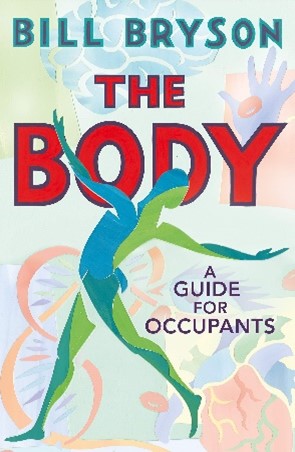
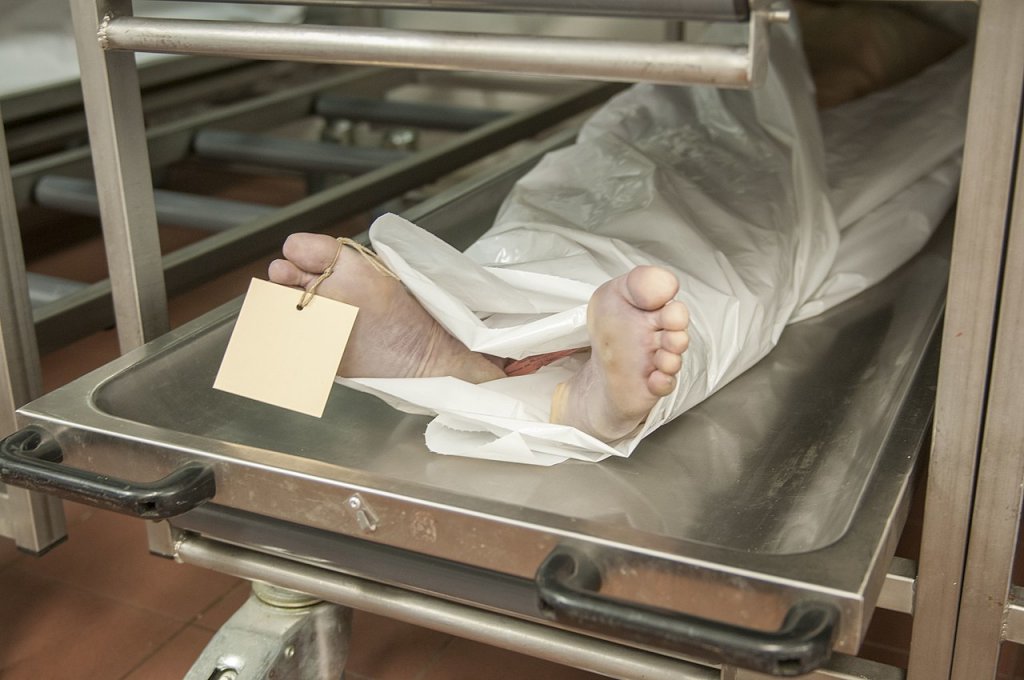
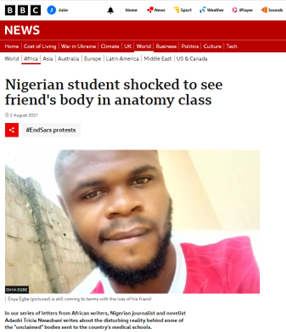

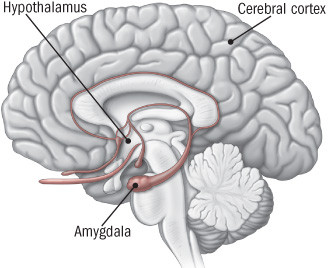




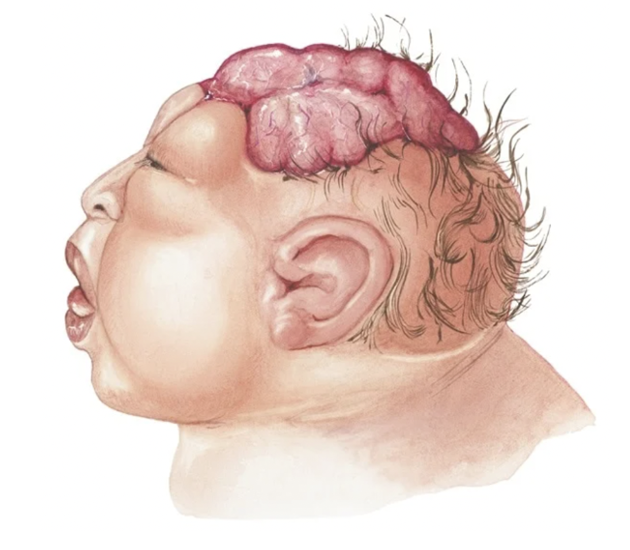
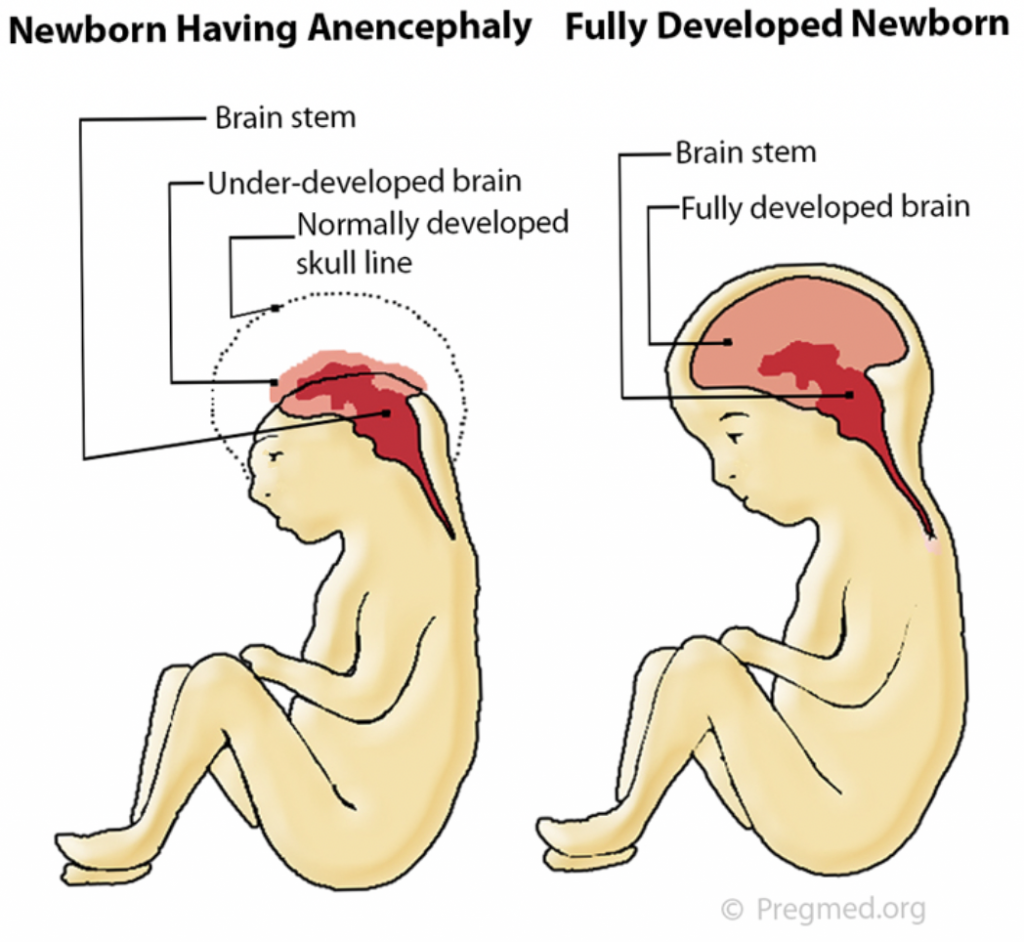
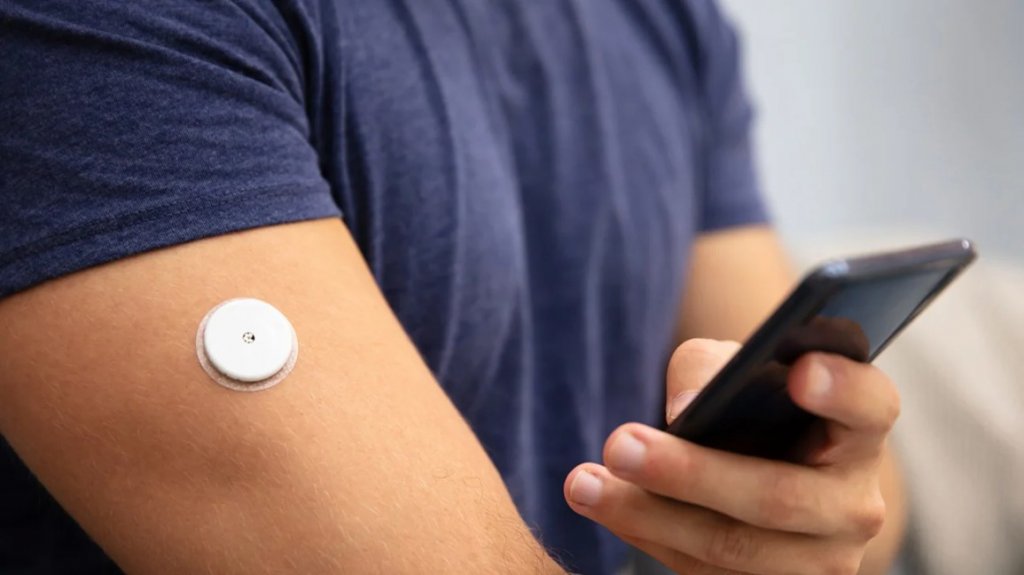
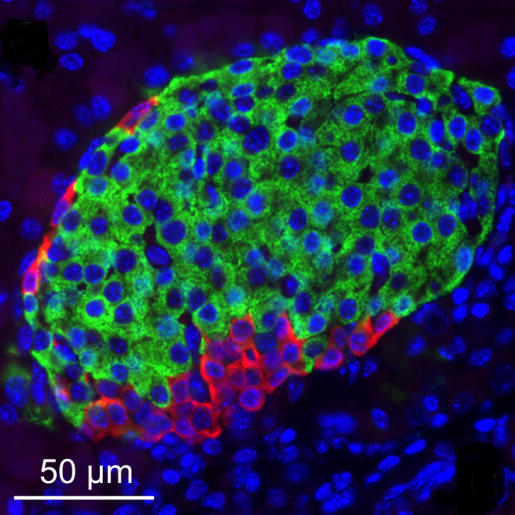
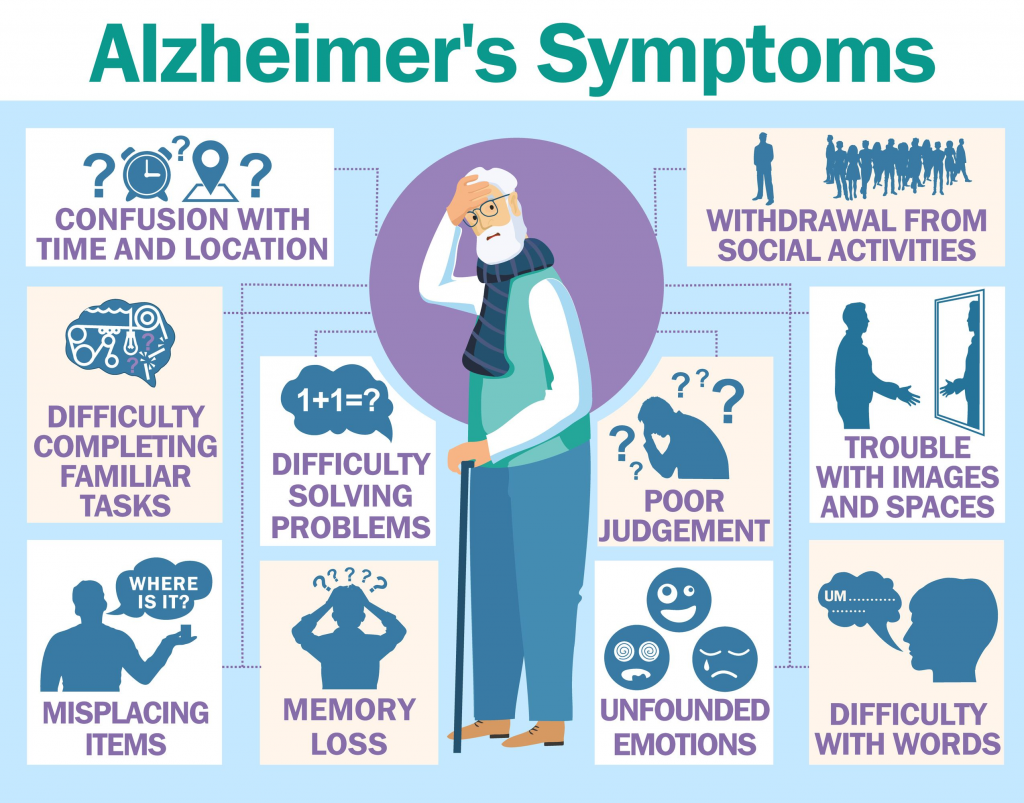


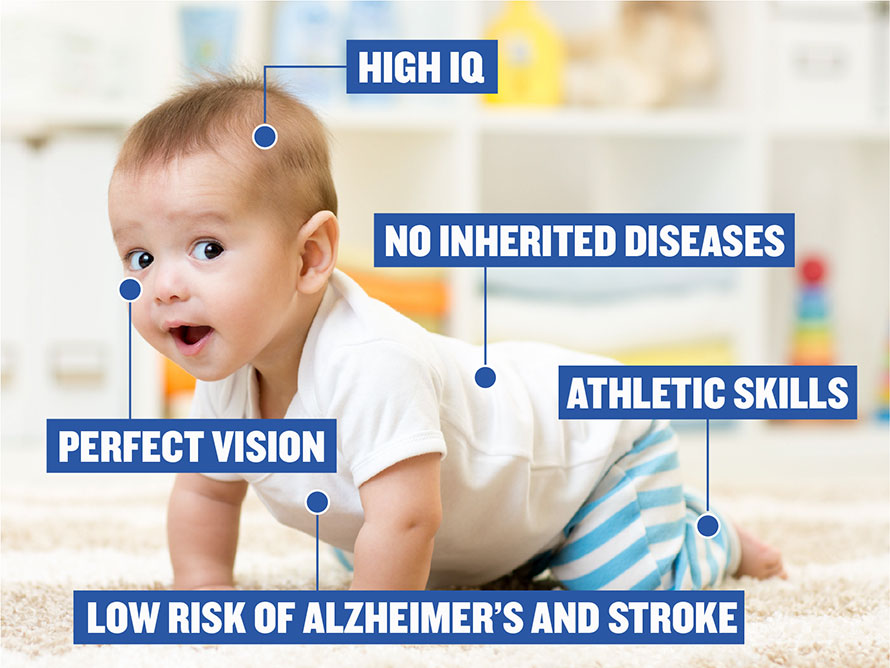


This is an initially reflective and well researched blog showing how you have chosen to explore the emerging field of…
This is a good attempt at a blog, where you reflect on your recent learning at a lecture/workshop to describe…
This is a fair to good blog, reflecting on your recent learning in some of your modules. You provide a…
This is an engagingly written and reflective blog focussed in general on ethics in medicine. You might improve by citing…
This is a good and well written an presented blog on an original subject - biofilms on implants. You explain…